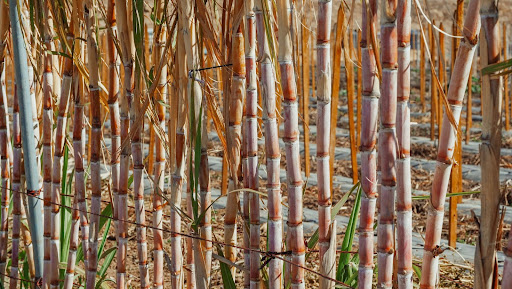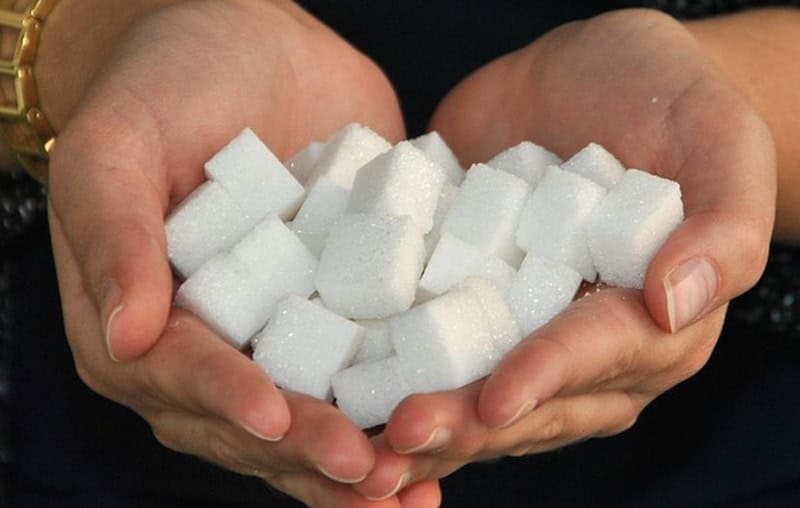Discover the Uses and Benefits of Beet Sugar Vs Cane Sugar in Your Daily Diet Regimen
Discovering the distinctive high qualities of beet and cane sugar exposes more than simply their sweetening abilities; it highlights their special influences on health and cooking arts. Beet sugar, understood for its subtle flavor, is typically favored in fragile desserts, whereas cane sugar, with its tip of molasses, includes splendor to durable dishes. Each kind holds its very own nutritional profile and glycemic effects, welcoming a deeper understanding of their duties in a balanced diet and sustainable consumption techniques.
Beginning and Manufacturing Procedures of Beet and Cane Sugar

The distinct environments and soil kinds required for growing sugar beetroots and sugarcane add to distinctions in their growing practices and geographic distribution, influencing the business economics and sustainability of their production. beet sugar vs cane sugar.
Nutritional Comparison Between Beet Sugar and Cane Sugar
Regardless of originating from various plants, beet sugar and cane sugar are nutritionally really similar, both mostly including sucrose. Each gives about 4 calories per gram, converting to about 16 calories per teaspoon. Structurally, both sugars are composed of around 99.95% sucrose, with very little amounts of various other substances like dampness and trace element, which do not considerably alter their nutritional profiles.

Eventually, when choosing between beet sugar and cane sugar based upon nutritional web content alone, both deal the same benefits and drawbacks as they are basically types of the very same molecule-- sucrose, offering quick energy without other nutrients.
Impact on Health And Wellness: Glycemic Index and Caloric Content
Exploring further into the impacts of beet sugar and cane sugar on wellness, it is essential to consider their glycemic index and calorie content. The glycemic index (GI) of both beet and cane sugar is around 65, classifying them as high-GI foods, which can cause fast spikes in blood sugar degrees.
Each kind of sugar consists of about 4 calories per gram, making their calorie material equivalent. For those monitoring calorie consumption, especially when taking care of weight or metabolic health problems, recognizing this equivalence is vital (beet sugar vs cane sugar). Extreme intake of any type of high-calorie, high-GI food can add to wellness concerns such as weight problems, heart condition, and insulin resistance.
Environmental and Economic Factors To Consider of Sugar Manufacturing
Beyond health and wellness influences, the manufacturing of beet and cane sugar additionally elevates substantial ecological and financial concerns. Sugar beet growing has a tendency to need cooler environments and has a lower geographical footprint compared to sugar cane, which flourishes in tropical regions. Nevertheless, both plants are extensive in regards to water use and land occupation, potentially bring about logging and water scarcity. Economically, the worldwide sugar market is extremely unpredictable, influenced by adjustments in worldwide trade plans and aids. Lots of countries incentivize sugar production via financial assistance, skewing market costs and influencing small farmers negatively.
Additionally, using pesticides and plant foods in both beet and cane sugar growing can result in soil destruction and air pollution, more affecting biodiversity and regional water bodies (beet sugar vs cane sugar). The choice between cultivating sugar beet or cane often depends upon regional environmental problems and financial aspects, making the sustainability of sugar manufacturing a complex issue
Culinary Applications and Flavor Differences
While the environmental and economic aspects of sugar production are a fantastic read indeed considerable, the option between beet and cane sugar additionally influences cooking applications and flavor accounts. Beet sugar, derived from the sugar beet plant, is recognized for its remarkably neutral taste.
Walking stick sugar, extracted from sugarcane, commonly preserves molasses traces, which give an unique richness and deepness. This slight molasses flavor boosts the complexity of baked products, sauces, and sauces. It is specifically preferred in things where a sugar undertone is wanted, such as in brownies or gingerbread. Moreover, the minor variant in moisture web content between beet and cane sugar can affect the texture and consistency of meals, making cane sugar a preferred option for details dishes that gain from browse around these guys its distinct buildings.

Verdict
To conclude, both beet and cane sugar have unique origins and manufacturing processes, supplying similar nutritional profiles with minor differences in sodium material and flavor. While their influence on health and wellness, specifically concerning glycemic index and calories, is similar, the sites selection in between them commonly boils down to environmental, economic variables, and particular culinary needs. Comprehending these aspects can lead consumers in making notified decisions that line up with their health objectives and taste choices.